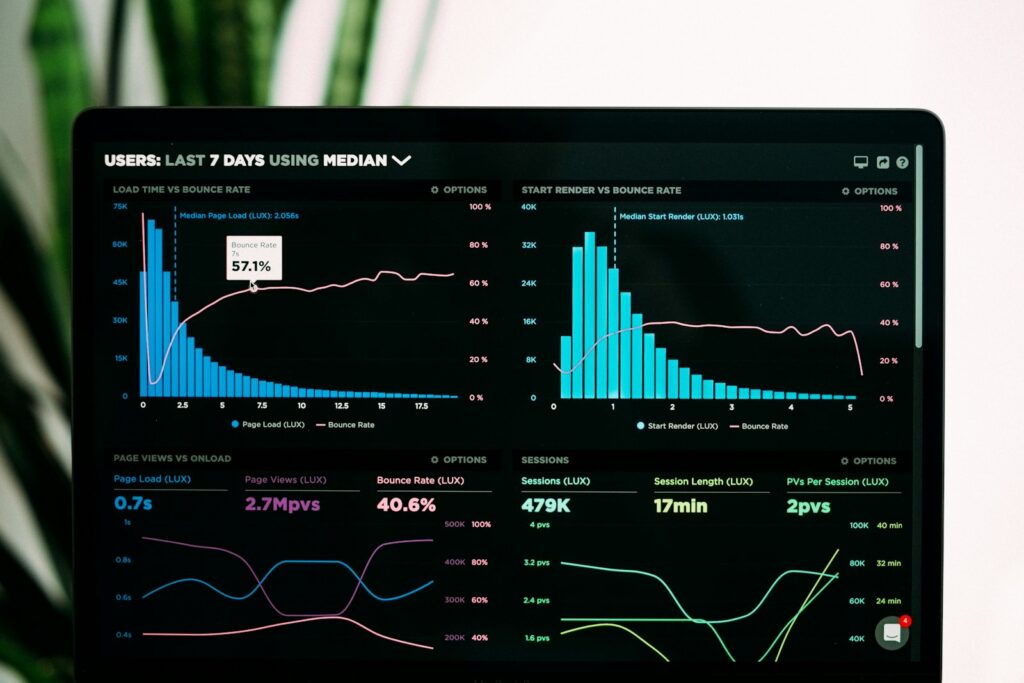Founded in the late 2010s by a team of AI researchers and engineers with expertise spanning academia and industry giants, DeepSeek AI operates at the intersection of innovation and real-world problem-solving. Unlike purely research-focused entities, the company emphasizes deploying AI solutions tailored to industry needs. Its mission centers on democratizing AI access while addressing complex challenges through deep learning, natural language processing (NLP), and robotics.
Core Philosophy:
- Agility: Rapid prototyping and deployment of AI tools.
- Localization: Specialization in Chinese-language NLP and regional market demands.
- Collaboration: Partnerships with universities, hospitals, and enterprises to refine AI applications.
2. Technological Pillars: The Engine Behind DeepSeek AI
a. Proprietary AI Models
DeepSeek AI develops state-of-the-art models that rival global benchmarks. Key innovations include:
- Natural Language Processing (NLP):
- Chinese-Language Mastery: Models optimized for Mandarin’s linguistic nuances (e.g., character-based semantics, regional dialects).
- Multilingual Capabilities: Support for English and other languages, enabling cross-border applications.
- Contextual Understanding: Advanced transformers for tasks like sentiment analysis, document summarization, and chatbots.
- Computer Vision:
- Medical Imaging: Algorithms for detecting tumors, fractures, and anomalies in X-rays and MRIs.
- Industrial Inspection: AI-driven quality control systems for manufacturing.
- Reinforcement Learning (RL):
- Applied in robotics to enable adaptive decision-making. For example, DeepSeek-R1, an autonomous robot, uses RL to navigate dynamic environments like warehouses.
b. Technology Stack
- Frameworks: PyTorch and TensorFlow form the backbone for model training, chosen for flexibility and scalability.
- Cloud Infrastructure: Hybrid cloud solutions ensure efficient data processing and model deployment.
- Edge AI: Lightweight models for real-time applications in IoT devices and robotics.
3. Industry Applications: Transforming Sectors
Healthcare
- Diagnostics: DeepSeek’s AI analyzes medical images with 95%+ accuracy, reducing radiologists’ workload.
- Drug Discovery: Predictive models identify potential drug candidates, shortening R&D cycles.
- Personalized Medicine: AI-powered platforms recommend treatments based on patient genetics and history.
Finance
- Fraud Detection: Real-time anomaly detection in transactions, saving millions annually.
- Algorithmic Trading: Models analyze market trends to optimize trading strategies.
- Customer Service: NLP-driven chatbots handle inquiries, reducing operational costs by 40%.
Education
- Adaptive Learning: AI tutors customize content based on student performance.
- Automated Grading: NLP tools evaluate essays and provide feedback, scaling personalized education.
Robotics
- DeepSeek-R1: A modular robot used in logistics for sorting, packaging, and inventory management.
- Agricultural Drones: AI optimizes crop monitoring and pesticide distribution.
4. Strategic Positioning and Challenges
Competitive Edge
- Niche Expertise: Dominance in Chinese NLP and vertical-specific solutions (e.g., healthcare analytics).
- Speed to Market: Agile development cycles, outpacing larger competitors in deploying updates.
- Government Collaboration: Alignment with China’s AI development goals, securing regulatory support.
Challenges
- Data Privacy: Balancing compliance with China’s Cybersecurity Law and global standards like GDPR.
- Algorithmic Bias: Mitigating biases in datasets, particularly in healthcare and finance.
- Global Expansion: Competing with established players (e.g., OpenAI, DeepMind) in Western markets.
5. Future Roadmap: Ambitions and Ethics
Research Priorities
- Multimodal AI: Integrating text, image, and sensor data for holistic decision-making (e.g., autonomous vehicles).
- Quantum Machine Learning: Exploring quantum computing to solve complex optimization problems.
Ethical AI Initiatives
- Transparency: Publishing model architectures and training methodologies.
- Bias Audits: Third-party evaluations of fairness in AI systems.
- Sustainability: Reducing the carbon footprint of data centers through energy-efficient algorithms.
Global Partnerships
- Collaborations with MIT, Stanford, and European tech hubs to advance AI ethics and interoperability.
6. Comparative Analysis: DeepSeek vs. Competitors
| Aspect | DeepSeek AI | SenseTime | OpenAI |
|---|---|---|---|
| Core Focus | Industry-specific AI + Robotics | Computer Vision | General-purpose NLP (e.g., GPT-4) |
| Market Reach | China-centric, expanding globally | Global | Global |
| Key Strength | Chinese NLP, agile solutions | Facial recognition dominance | Scalable language models |
| Weakness | Limited brand recognition outside Asia | Regulatory scrutiny | High computational costs |
7. Conclusion: The Path Ahead
DeepSeek AI exemplifies how regional expertise and technological agility can drive AI innovation. While challenges like global competition and ethical concerns loom, its focus on industry-specific tools and robotics integration positions it as a critical player in China’s AI ecosystem. As the company expands, its ability to balance innovation with responsibility will determine its long-term success in shaping the future of AI.

